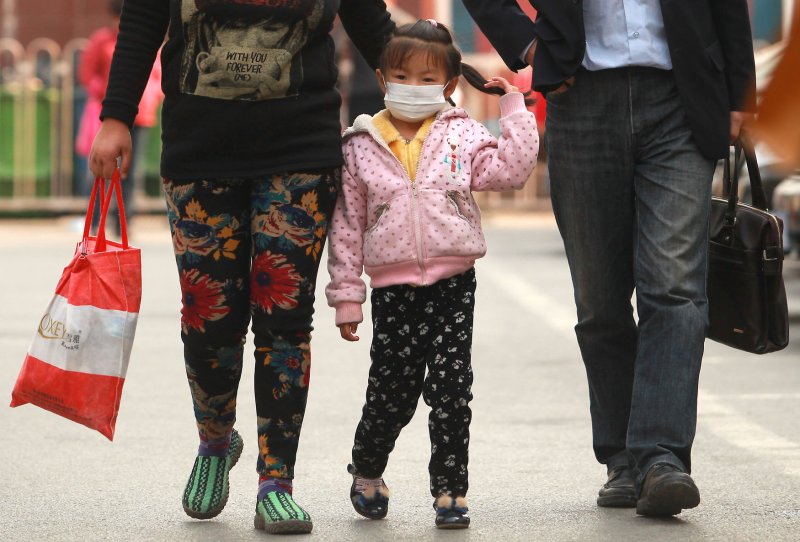ATLANTA, May 11 (UPI) -- The drop in H7N9 cases in China may be the result of containment measures reported by Chinese authorities or the changing seasons, or both, U.S. officials say.
China and the World Health Organization reported, as of May 8, there were 131 confirmed cases of H7N9 -- bird flu, or avian flu -- with 32 deaths.















